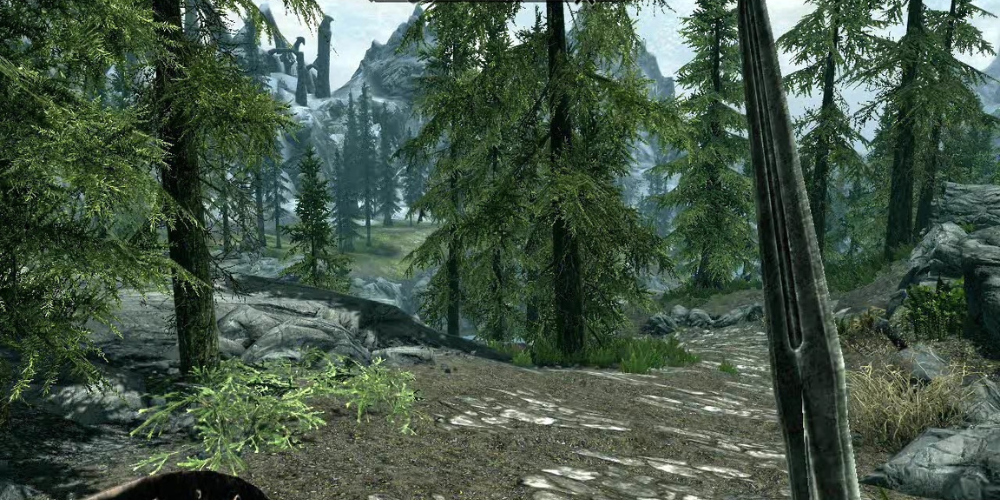Exploring Different Paths: Contrasting Open-World and Linear Gameplay in Video Game Design
- 0

As a form of digital entertainment, video games boast an extensive range of experiences catering to diverse player preferences, largely dictated by their underlying architectural framework. The ways in which these experiences manifest can be vastly different, depending on the core design philosophy employed by the game developers.
Two prevalent strains of structural design that play a pivotal role in crafting these experiences are open-world and linear gameplay constructs. In the realm of open-world design, games present players with sprawling environments that they can explore at their leisure. This design ethos is akin to a sandbox, where the boundaries are far-reaching, emphasizing freedom and player agency. Open-world games often offer a plethora of activities, side quests, and secrets tucked away in their expansive environments, encouraging players to veer off the beaten path and forge their narratives.
Such games also allow for more character customization and progression, letting players tailor their in-game personas and skill sets to match their gaming style. However, the vastness and sometimes overwhelming amount of content can lead to a lack of direction, potentially diluting the central narrative and making the world feel less dense with meaningful interactions. Conversely, linear gameplay is characterized by a more focused and curated experience, where developers guide players along a predetermined route.
The Appeal of Open-World Gameplay
In an open-world game, players are given immense freedom to explore a wide virtual environment at their discretion. The primary allure of open-world gameplay lies in this independence, promising players a non-linear narrative that unfolds based on their decisions and actions. Games like "The Witcher 3: Wild Hunt" and "Red Dead Redemption 2" exemplify this design approach, letting the player shape the course of the game's narrative through numerous side quests and character interactions.

Pitfalls of Open-World Gameplay
Despite its popularity, open-world gameplay is not without criticism. Some players may find the expansive game maps to be overwhelming and directionless, leading to a lack of focus on gameplay. Additionally, open-world games often run the risk of spreading the narrative too thin, making each event feel insignificant in the grand scheme of things. The complexity of designing extensive environments can also result in technical issues, such as glitches, choppy graphics, and long loading times.
Thrill of Linear Gameplay
Unlike the sprawling landscapes of open-world games, linear games offer a more structured gaming experience. As the term implies, linear gameplay follows a set path or sequence of events that guide the players from start to finish. Examples of linear games include the “Uncharted” series and “The Last Of Us,” where every player undergoes the same set of challenges and narrative developments. With a focused narrative and meticulously curated sequences, linear games provide a cinematic experience and allow the game developers to control the pacing and mood of the story’s progression.
Drawbacks of Linear Gameplay
On the other hand, linear gameplay can sometimes be criticized for being too restrictive, thus limiting players' freedom and exploration. This design approach leaves little room for players to experiment with different strategies or outcomes as they are bound to follow a predetermined path. This lack of freedom can make linear games feel repetitive and predictable, providing reduced replay value as the game unfolds the same way each time it is played.

The Middle Ground: Semi-Open World Games
To strike a balance between the two extremes, some game developers opt for a semi-open-world design. This approach, as seen in games such as "Tomb Raider" and "Dishonored", offers players a relatively large map to explore, but guides them along a main narrative path with optional side quests. While not as expansive as open-world games, semi-open world games still provide players a certain degree of freedom and exploration while maintaining a strong, coherent narrative.
In conclusion, each of open-world and linear gameplay designs cater to a certain type of gaming experience. In the case of open-world games, players find themselves belonging to a larger universe where they are at liberty to explore and shape their narratives. This genre of games is distinguished by a high degree of freedom, as well as adaptability, enabling gamers to manipulate the course of their journeys. Such immersion into the game creates a rich and engaging experience, thus increasing the replay value.
The dynamic and ever-unfolding nature of an open-world game also offers countless hours of gameplay, further intensifying the appeal. However, one drawback of this vastness can be a sense of being overwhelmed by the sheer volume of content, making it appear somewhat challenging to novices. Additionally, the risk of experiencing a diluted narrative due to naive handling of vast universes may discourage some players from venturing further.
On the contrary, linear games follow a streamlined and definite path of progression, allowing developers to carefully curate an immersive narrative that closely mirrors the experience you’d get from movies or books. The sense of following a structured storyline enhances the element of suspense and emotional engagement, thus offering gamers a cinematic and powerful, in-depth experience. Guaranteed heightened emotional peaks and well-defined climactic resolutions are some of the hallmarks of this genre.
However, despite these strengths, linear games often can come across as restrictive because players are unable to veer from the set path. Furthermore, the replay value of these games often fails to match that of their open-world counterparts due to predictable storylines leading to predestined outcomes. Therefore, the eventual decision to choose between open-world and linear gameplay boils down to finding a harmony between freedom and coherence.
This decision is chiefly dependent on a player's individual preference and style of gaming. While some gamers may relish the unbound liberty and flexibility an open-world game offers, others may show preference towards linear narratives for the enveloping and meticulously crafted storyline.